14 tips to rake without the backache!
14 tips to rake without the backache!
It’s that season again. The season where we pull the sweaters out of the closet, drink warm apple cider (with cinnamon), and watch the leaves put on their amazing final performance. It’s yard cleaning season. Here are 14 tips to help you rake without the backache.
1. Warm Up
Raking can be a strenuous activity. Like all physical activity, it is important to warm your muscles up before using them. This is especially true in the fall when you are raking because it is generally already cooler outside.
2. Choose The Right Rake For You
Pick a rake that is the right height for you; a rake that is too long or too short can make you change your body position and can lead to muscle strain and injury. Handle thickness is also important; a handle that is too thin or overly thick can strain your grip.
3. Use Proper Form
One of the biggest producers of injury is poor form. When raking, you should stand with feet hip to shoulder width apart and knees slightly bent. Make sure to keep your weight centered and not riding on one leg or the other. And most importantly keep your back straight; do not let yourself round forward.
4. Side Step
Do a side shuffle to rake the leaves into a pile rather than walking backwards. This helps you maintain proper form and prevents you from bending forward to reach the leaves.
5. Let Your Arms Do The Work
Your back was made to keep you upright, not to reach for things. Use your arms for what they were meant for: reaching. Focusing on extending and pulling the rake with your arms helps keep you from slipping into bad form.
6. Don’t Do The Twist
Another important reason to focus on using your arms and short strokes is that, while sidestepping, it can be tempting to twist your body to get a little more distance or to pull with a little more force. However, this repetitive twisting motion can put a ton of strain on your lower back and may lead to back pain or injury.
7. Make Short Strokes
Use many shorter strokes to rake your leaves instead of trying to get more leaves with longer strokes. Doing it this way helps you maintain proper form, makes it easier to use your arms, and prevents you from twisting to get longer strokes.
8. Switch It Up
After every 15 minutes you spend raking, try to switch your lead foot and hand positions. This will give your muscles a break and help prevent overstraining one side.
9. Keep Control Of The Rake
Do not let yourself “throw” or swing the rake away from your body to get extra distance. This can be a good way to overextend yourself or strain your muscles and joints when you stop the rake at the end of the swing.
10. Lift With Your Legs
When picking up your piles of yard waste, remember to bend with your knees and hips, not your back. Rounding your back to bend over is a quick way to get a strain or injury.
11. Take A Break
Make sure to take frequent breaks. Your yard will still be there in 5 minutes, later today, and even still tomorrow. Taking a 5 minute break every 20 or so minutes to stretch out will help prevent muscle tightness. A great stretch is standing with feet hip width apart and hands on hips then gently arching slightly backwards (as long as it is comfortable for you).
12. Stay Hydrated
Even though it is cooler out you still need to keep drinking water. Every time you take a break make sure you are drinking water too!
13. Work Smarter Not Harder
A few tips to maximize your effort and reduce your strain are:
Rake your leaves onto a tarp, then drag them to where you want them.
Rake when it has been dry; wet leaves are way heavier than dry ones.
Use the wind to your advantage and set up your big piles down wind.
14. Cool Down
Once you are done with your yard, take a few moments to walk around and admire your work while you are cooling down. When you get back inside, do some light stretching before you sit down to help prevent your muscles tightening up.

